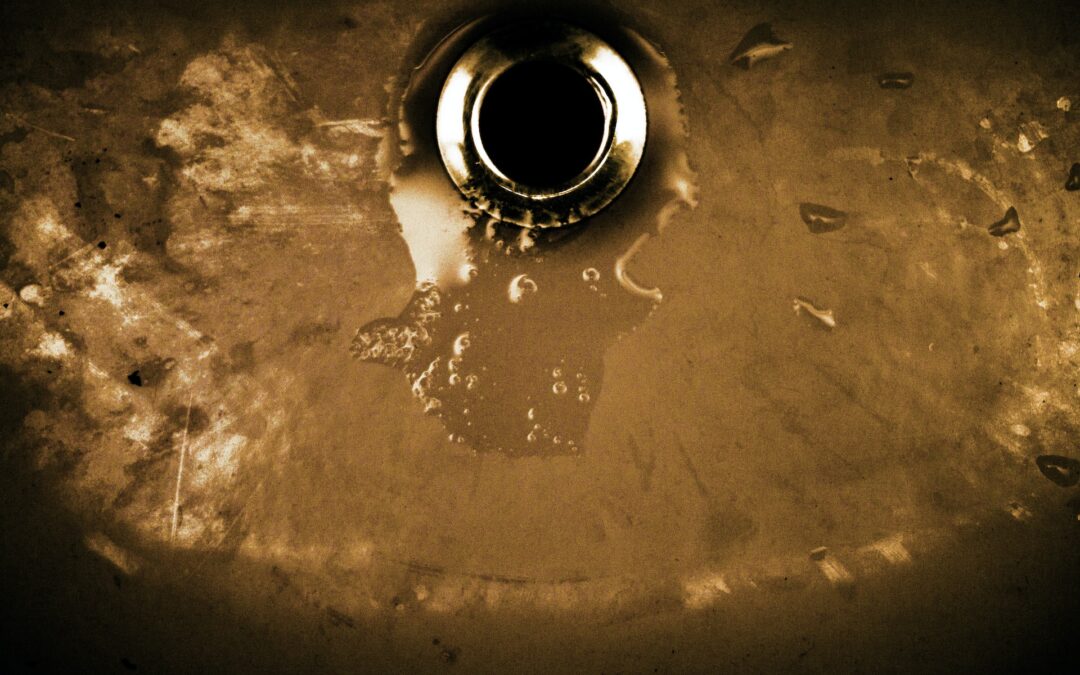One of the most exasperating plumbing issues for homeowners is a backed-up sewer drain. A backed-up sewer doesn’t have to be an emergency, though. Once you learn a few of the common causes of sewer backups you can help keep them from happening with preventative measures, by trying a few quick fixes yourself, or knowing when to call in a professional.
Causes
Clogged Drain – If you notice it taking longer for water to drain from your sink or you’re hearing gurgling noises when you flush the toilet, these are warning signs of the start of a clogged drain.
Clogs develop over an extended period and are caused when something blocks the free flow of liquid from exiting the drainpipe. The usual culprits are:
- Hair
- Feminine hygiene products and baby wipes
- Thick toilet paper, paper towels, napkins, or facial tissues
- Dental floss and cotton swabs
- Products labeled non-flushable
Root Invasion – When tree and plant roots penetrate your sewage system, by growing right through plumbing pipes or wrapping around and even crushing them, in search of the water that flows inside.
Blockages of the Main Sewer Line – A blockage of your sewer main happens in the piping system that is owned and maintained by your city, town, or district. The obstruction can be caused by a clog like a household clog. It can also be triggered by insufficient sewer system capacity if the area where you live is experiencing heavy growth. This issue is usually evident if your community experiences street flooding problems after heavy rainfall.
Solutions
Plunger – If the clog is small to medium size a plunger will usually do quick work on almost any drain, including toilets and sinks.
Liquid Drain Cleaner – Only use liquid drain cleaners to unclog a sink or bathtub. Never use them in toilets as liquid drain cleaners will eat through a toilet’s wax seal on the bottom of the toilet and cause leaks.
Chemical Drain Cleaning – Flush a root-killing foam containing the herbicide dichlobenil down your toilet. The foam will stick to the pipes and kill the tree roots within a few hours.
Release Sewer Line Pressure – First turn off your main water shut-off valve. Then, locate the sewer cleanout line in your yard. It’s a short, white pipe approximately three to four inches around and is sealed with a screw-on cap. Finally, carefully remove the cap and the pressure in the sewer line should release, allowing any water that has backed up into your home to drain.”
Water Jet Cleaning – An auger or water jet cleaning cuts through clogs further down the pipe. The high-pressure water jet forces plant roots and other debris down the sewer line.
Call a Plumbing Pro – If any of the proposed solutions is beyond your capability, call a professional plumber to do it for you.
Regardless of where you live in Southern California, SoCal Plumbers has licensed and insured plumbing technicians standing by, ready to help. Our service area includes the following Southern California Counties: Kern, Los Angeles, Orange, Riverside, San Diego, San Bernadino, and Ventura.
For more information on all your plumbing concerns visit https://socalplumbers.com/. If you have found this article to be helpful and you would like to receive similar information from the SoCal Plumbers, please go to https://socalplumbers.com/email-signup/.


